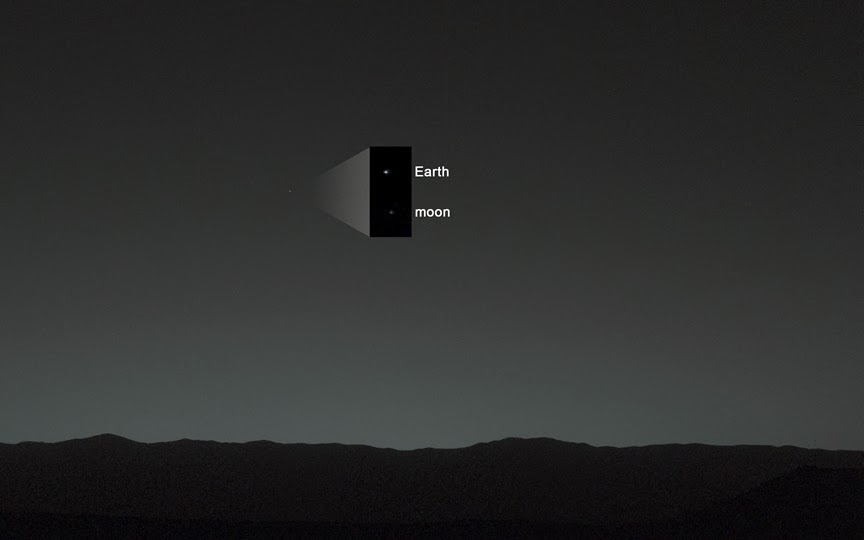Across the evening sky all the birds are leaving
But how can they know it's time for them to go?
Before the winter fire, I will still be dreaming
I have no thought of time
For who knows where the time goes?
Who knows where the time goes?
Sad deserted shore, your fickle friends are leaving
Ah, but then you know it's time for them to go
But I will still be here, I have no thought of leaving
I do not count the time
For who knows where the time goes?
Who knows where the time goes?
And I am not alone while my love is near me
I know it will be so until it's time to go
So come the storms of winter and then the birds in spring again
I have no fear of time
For who knows how my love grows?
And who knows where the time goes?
 |
| Putney Vale Cemetery and Crematorium, Wimbledon, Greater London, England |


































